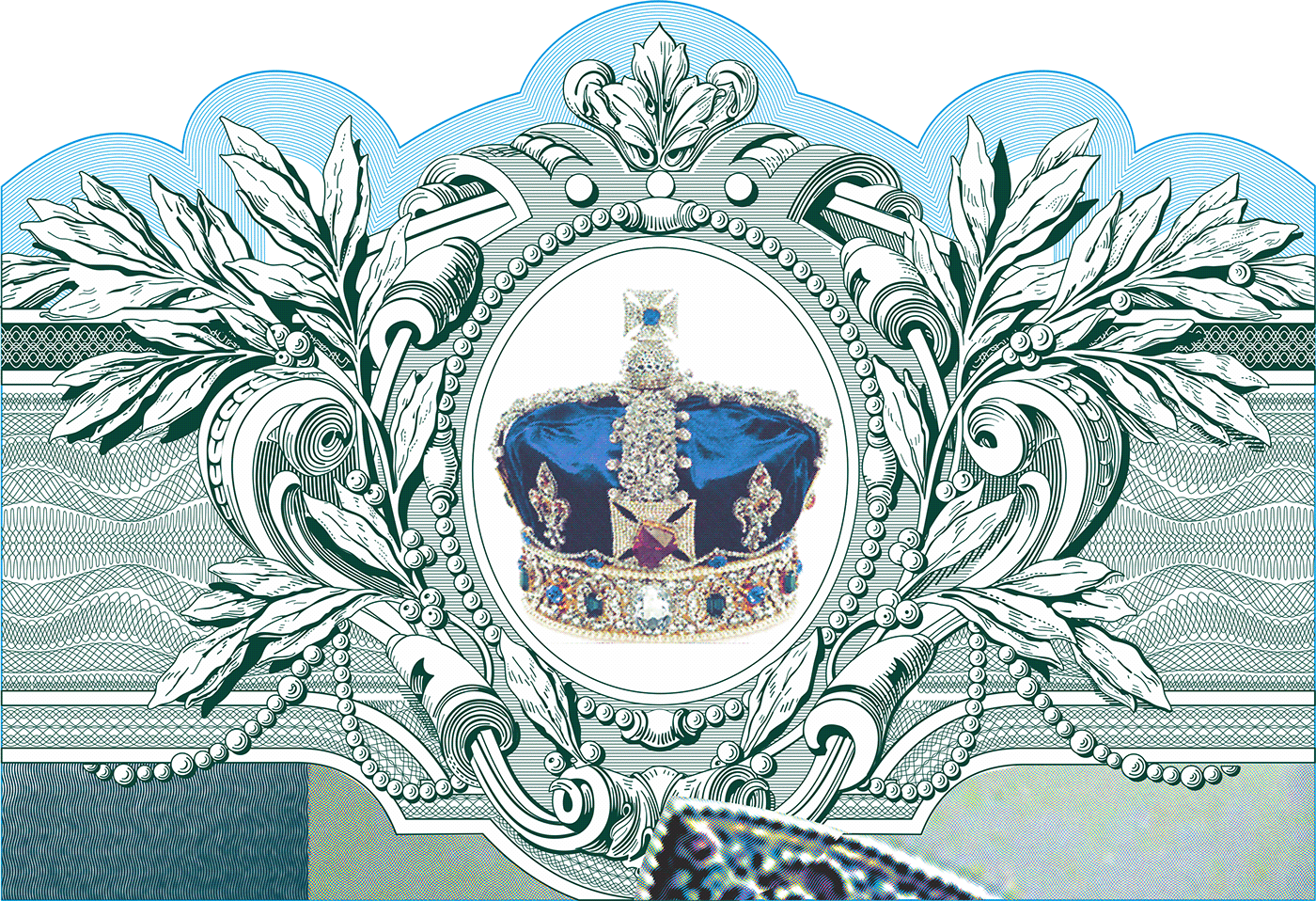Pearl
Precious tears of mollusks — this is how pearls
are sometimes poetically called.
Pearls are one of the most favorite jewelry stones, although, unlike them, they are not stones at all. It consists of tiny plates of the mineral aragonite (calcium carbonate), oriented perpendicular to the surface of the layers, interspersed with the organic substance concholine.
Natural pearls of the highest quality have been highly prized as precious stones and objects of beauty for many centuries. Because of this, the pearl has become a metaphor for something rare,
beautiful, admirable and valuable.
The formation of a pearl is the reaction of the mollusk body to the entry of a foreign body between the shell and the body of the mollusk. Around the foreign body-irritant, nacre is deposited in the form of spherical layers of aragonite with a layer of concholine between them. The shine of pearls is explained by iridescence (refraction and reflection of rays in the prismatic layers of aragonite).
The color of sea pearls is white, yellow, cream, pink, blue,
кed, black.
Collecting sea pearl mollusks is a very difficult and dangerous fishery. The conditions for catching sea pearls today differ little from those that existed 2 thousand years ago. Divers collect shellfish in nets from the bottom of the sea. On the shore, the shells are opened and carefully examined. In traditional pearl fishing areas, only one out
of 30-40 shells contains a pearl.
This led to the massive destruction of the shellfish population and deterioration in water quality (shellfish are natural
water filters in nature).
Harvesting pearl mussels in the wild has been officially prohibited worldwide since 1952.
Nowadays, cultured sea pearls are very common.
The method of cultivating pearls was patented in 1896 by Kokihi Mikimoto. Similar experiments were carried out by the Swedish naturalist Carl W. Linnaeus
During cultivation, a special nacre ball made from the shells of freshwater mollusks or a piece of the mantle of another mollusk is placed in the shell of a mollusk. Then the operated mollusks are lowered into the water in grids or nets of pearl farms. As in nature, on farms, when a foreign body appears in the shell, the process of coating with mother-of-pearl layers begins. The longer the future pearl is in the shell, the thicker the nacre layer grows. The process of growing marine cultured pearl usually takes from 3 to 12 years
Жемчуг
Драгоценные слёзы моллюсков, — так иногда поэтически
называют жемчуг.
Жемчуг — один из самых излюбленных ювелирных камней, хотя в отличие от них является совсем не камнем. Он состоит из мельчайших пластинок минерала арагонита (карбоната кальция), ориентированных перпендикулярно к поверхности слоев, перемежающихся органическим веществом конхолином.
Натуральный жемчуг высочайшего качества на протяжении многих веков высоко ценился как драгоценные камни и предметы красоты. Из-за этого жемчужина стала метафорой чего-то редкого, прекрасного, достойного восхищения и ценности.
Образование жемчужины — реакция организма моллюска на попадание инородного тела между раковиной и телом моллюска . Вокруг инородного тела- раздражителя откладывается перламутр в виде сферических слоев арагонита с прослокой конхолина между ними. Блеск жемчуга объясняется иридесцецией (преломлением и отражением лучей в призматических слоях арагонита).
Цвет морского жемчуга белый, желтый,
кремовый, розовый, голубой,
красный, черный.
Сбор морских жемчужных моллюсков — очень тяжелый и опасный промысел. Условия лова морского жемчуга в настоящее время мало отличаются от тех, что были и 2 тыс. лет назад. Ныряльщики собирают моллюсков в сетки со дна моря. На берегу раковины вскрывают и тщательно осматривают. В местах традиционного лова жемчуга только в одной из 30—40 раковин оказывается жемчужина.
Это приводило к массовому уничтожению популяции моллюсков и ухудшению качества воды (моллюски — естественные
фильтры воды в природе).
Добыча жемчужниц в диких условиях официально запрещена во всем мире с 1952 года.
В настоящее время очень распространен культивированный морской жемчуг
Метод культивирования жемчуга был запатентован в 1896 г. Кокихи Микимото. Подобные опыты проводил шведский натуралист Карл В. Линней
При культивировании в раковину моллюска помещают специальный шарик перламутра, сделанный из раковин пресноводных моллюсков, или кусочек мантии другого моллюска. Затем оперированных моллюсков опускают в воду в решётках или сетках жемчужных фермах. Как и в природе, на фермах, при появлении инородного тела в раковине начинается процесс покрытия перламутровыми слоями. Чем дольше будущая жемчужина находится в раковине, тем толще нарастает перламутровый слой. Процесс выращивания морского культивированного жемчуга занимает
обычно от 3-х до 12-ти лет.













